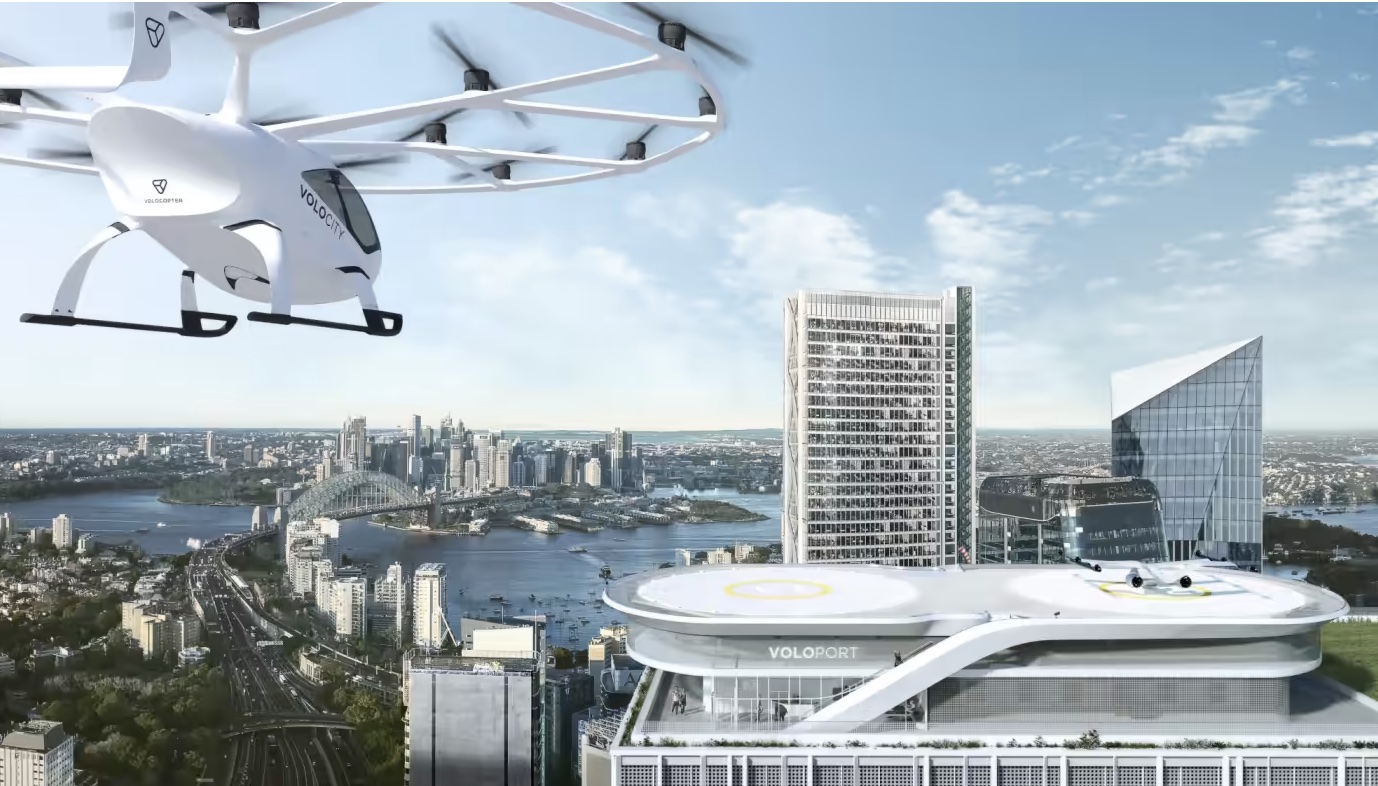ACCORDING to a PCMA survey, 70 per cent of meeting planners are shifting upcoming face-to-face meetings to a virtual meeting. Due to Covid-19, we’re looking at alternatives to face-to-face by moving to a virtual platform – but this causes a disconnect as many lose sight of what the purpose of their meeting is about.
Let’s back to basics. Sit down with your stakeholders to identify the purpose of your meeting. Are you aiming to educate, offer a space for networking or create a marketplace? Could it be a combination or all? Answer this core question and move on to looking at differences between a face-to-face versus a virtual environment.
Virtual versus face-to-face meetings
- Time: if you usually run a whole-day or multi-day event, do not expect to do the same in the virtual world. You will fail, as it is much harder to keep the engagement up with a virtual audience who can get distracted. The sweet spot is one hour for a virtual event going up to at most two hours.
- Meeting formats: your virtual sessions will need condensing, resulting in impacts on your session formats and programme design. It is key to brief your speakers so they are to the point and keep time as overruns will be disastrous for the rest of your programme. Make sure to build in some buffer between sessions for participants to grab a coffee and for your team to reset and prepare for the next live sessions.
- Networking: your participants will need a little more help with networking in the virtual world as opposed to the real world. You should include networking in every virtual event you are running. Why? Because it makes your participants feel part of the event when they can interact with others.
- Content: one of the benefits of virtual meetings is that it opens up the world to content. That great speaker you couldn’t get to your face-to-face meeting can now call into your virtual meeting to deliver their talk. Yet, being smart about your content will also help you deliver great virtual events. What content could be pre-recorded and what needs to go live?
Once you understand the differences between face-to-face vs virtual meetings and how it impacts your meeting, you can start looking at platforms to deliver your event.
Identifying the right platform
You have established the purpose of your meeting and the impact of a virtual event on it. Your next step will be to identify the technology to help deliver it:
- Webinar and networking style sessions like Zoom and GoToWebinar
- YouTube and Vimeo to store pre-recorded videos and embed in your virtual event, or live broadcasting
- Integrated virtual-event solutions like OnAir from EventsAir, for integrating everything from registration through to delivery
Next comes the most important step in the whole process, rehearsing till you get it right.
More… Virtual events to slash costs: webinar
Rehearse, rehearse, rehearse!
There is not a lot room to improvise in a virtual as opposed to a face-to-face environment. Moreover, any technical glitches could result in participants logging off and not returning. So, rehearsing is paramount to your success:
- Speakers: your speaker brief is important in identifying what you want them to speak about and for how long. Get their content in advance to help determine if the time allotted is going to be enough. Rehearse the session in advance to ensure speakers are comfortable using your platform. This allows you to check lighting, video and audio settings.
- Your event team: a face-to-face meeting will rely on an events team, each with a specific role in delivering a great event. A virtual event is no different and you will need to have resources for this. Your event manager should map out all the moving parts of your virtual event. What could go wrong? Work out scenarios and plan procedures with your team.
- Technology: when your technology fails, you fail! The technology has to work, if not you run the risk of irreparable damage to the event and to your reputation. Checking technology is essential.
Converting your virtual audience to a face-to-face audience post Covid-19
Organisations are seeing an uptick in registrations for their virtual meetings, but once life returns to normal, don’t assume this will translate into an increase in attendance at your face-to-face meetings. So what can you do now to capitalise on opportunities post Covid-19?
- Identify people registering for your events who are not part of your core audience. Who are they? What made them register for your event? This allows you to start profiling this group with the aim of converting them into customers.
- Have a rethink of all the events you deliver throughout the year. Do they need to be face-to-face or can they be virtual? Can you offer a hybrid meeting solution to bring together the face-to-face and virtual world?
- Explore new opportunities in underserved regions or segments. Are there possibilities to launch initiatives, face-to-face meetings or tap into a new customer base?
For the last few months we have all needed to operate in a virtual world and adopt technologies that are new to most of us – but returning to the core purpose of your meeting is at the heart of success. Most importantly, capitalise on your new skills to create new opportunities when we can go back to meeting face-to-face.
Nigel Brown is director of marketing and partnerships for BestCities Global Alliance. He recently underwent training as a virtual meeting planner



